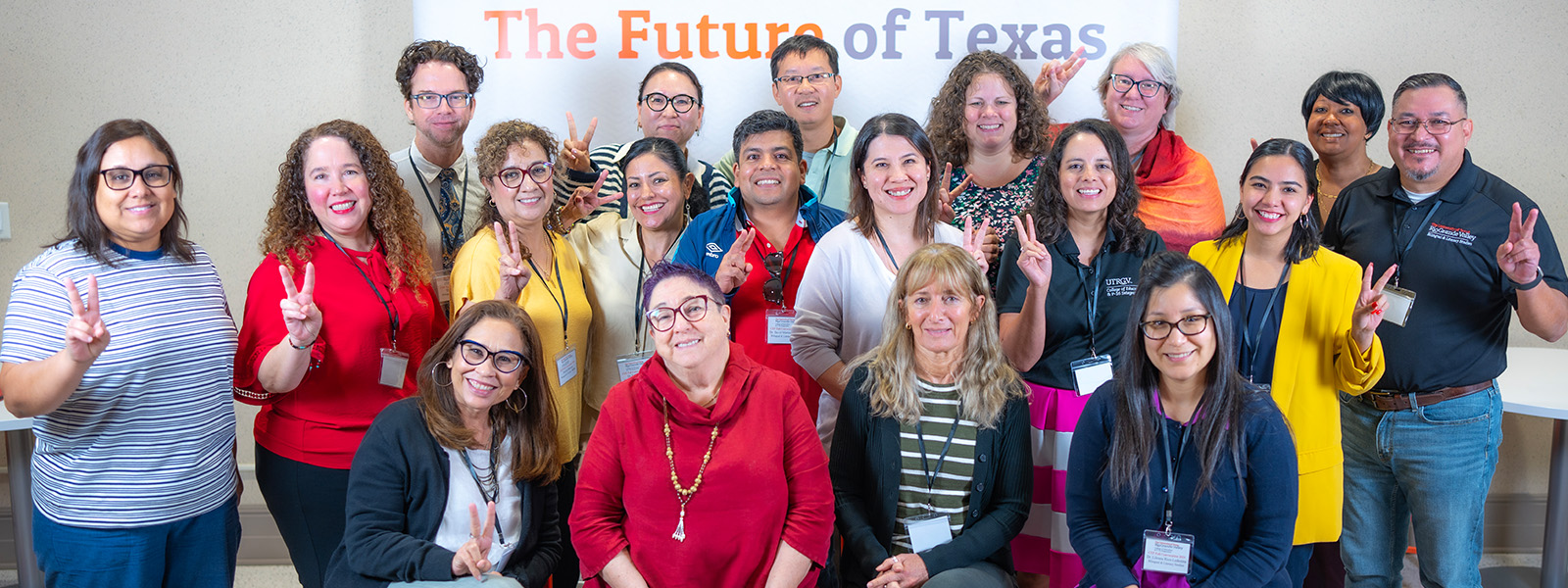
Bilingual and Literacy Studies Faculty Publications and Presentations
Document Type
Article
Publication Date
2017
Abstract
This case study took place during an after-school program in a public Texas school district along the U.S./Mexico border. We explore a focal participant’s technology access and use as part of our larger digital literacy research. We asked: What in- and out-of-school digital literacy skills, access, and experiences did Robot Boy (pseudonym) possess? How did he behave as a rhizome? Overarching theoretical frameworks were postmodernism and New Literacy Studies; within these theories, we focused on rhizomic principles and digital literacies. This research is part of a larger mixed methods research study (Bussert-Webb & Henry, 2016) focused on an exploration of Latino children’s digital literacy and online reading. Data sources included participant observation, interviews, and the Digital Divide Measurement Scale for Students (DDMS-S). Interviewees included 16 children (including Robot Boy) and six Latino staff; 310 children (87% Latino) responded to the DDMS-S. Emerging qualitative themes were Robot Boy’s responses to rhizomic rupture. Robot Boy, a bilingual and biliterate middle school youth, demonstrated promising digital practices, which we can apply to other nondominant learners. He assigned rupture by reworking restrictive maps, collaborating with others, and valuing diversity to create multiple pathways.
Recommended Citation
Bussert-Webb, K., & Henry, L. (2017). Promising digital practices for nondominant learners. International Journal of Educational Technology, 4(2), 43-55.
Creative Commons License

This work is licensed under a Creative Commons Attribution 4.0 International License.
First Page
43
Last Page
55
Publication Title
International Journal of Educational Technology
Included in
Educational Technology Commons, Modern Languages Commons, Online and Distance Education Commons, Other Languages, Societies, and Cultures Commons


Comments
© The Author(s). 2017